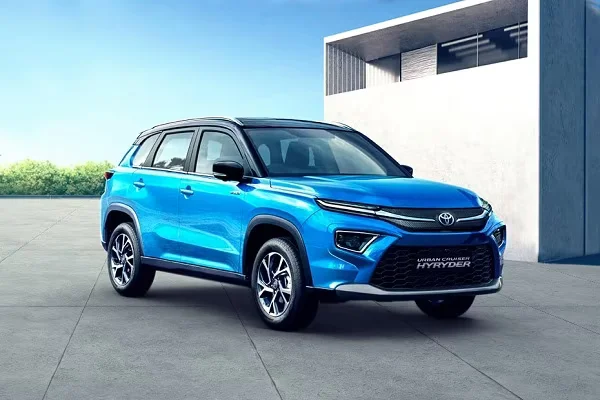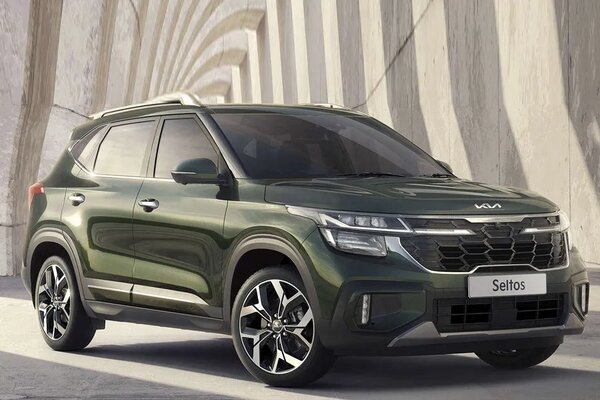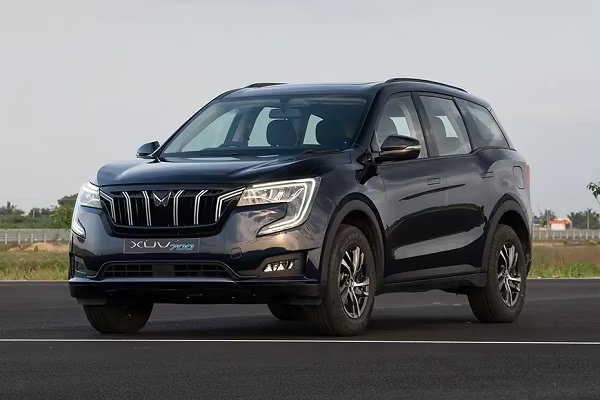New Obama rules will transform US auto fleet


The higher mileage and emissions standards set by the Obama administration on Tuesday, which begin to take effect in 2012 and are to be achieved by 2016, will transform the famously oversized American car and truck fleet.
Some drivers will have to give up hulking Sport Utility Vehicles. Carpenters will still haul materials around in pickup trucks, but they will cost more. Nearly everybody else will drive smaller cars, and more of them will run on electricity.
Trending Cars
The new rules would bring new cars and trucks sold in the United States to an average of 35.5 miles per gallon (15 kpl), about 10 mpg (4.2 kpl) more than today's standards. Passenger cars will be required to get 39 mpg (16.5 kpl), light trucks 30 mpg (12.7 kpl). That means cars and trucks on American roads will have to become smaller, lighter and more efficient.
Eric Fedewa, vice president of global powertrain forecasting for the auto consulting firm CSM Worldwide in Northville, Michigan, said the changes will make pickup trucks so much more expensive that they will be used almost exclusively for work.
And instead of a minivan or SUV, more parents will haul their families in much smaller vehicles with three rows of seats _ something more like the Mazda 5 small van, he said. The Mazda 5 gets about 28 mpg (11.9 kpl) on the highway.
'I think what you'll see is a lot more creativity in interior packaging,' Fedewa said. 'You'll get more rows of seats where you traditionally had cargo space.'
The changes will start with smaller cars and trucks, and improvements to the internal combustion engine, Fedewa said. Automakers also already working on new technology, including direct fuel injection and high compression of the air-fuel mixture, that will make cars and trucks more efficient.
Car companies are rewiring vehicles so components such as air conditioners and power steering pumps are powered by electricity rather than by the engine, saving fuel.
And they're developing computer-controlled transmissions with six or more gears, adding efficiency, and rolling out more gas-electric hybrids, among the few cars sold today that meet the 2016 standards.
Of course, developing the technology will cost money, billions of dollars, and automakers will pass that on to their customers. The Obama administration says the changes mean the average vehicle would cost about $1,300 more, although some private analysts say the increase will be much heftier. The administration says gas savings will make up the difference in about three years. Automakers have said they need stable, relatively high gasoline prices to create a market for electric vehicles. General Motors fears rolling out its rechargeable Chevrolet Volt next year with gas at $2 per gallon.
American consumers have already shown their car-buying habits can change rapidly depending on gas prices. When fuel cost $4 a gallon last summer, people flocked to smaller cars. Gas is much cheaper now, and sales of hybrids have plummeted.
'The US consumer has consistently chosen performance over fuel economy given the relatively low cost of fuel,' David Leiker, senior automotive analyst for Robert W Baird & Co in Milwaukee, wrote in a note to investors.
The Volt is designed to run 40 miles (64 kilometers) on battery power when it is fully charged. After that, a small internal combustion engine kicks in to generate electricity and keep the car going. Other automakers are working on similar systems. But the Volt is expected to sell for $35,000 to $40,000, and buyers may be unwilling to pay that much for a sedan, even if tax credits help ease the burden, unless gas prices soar. Rechargeable electric vehicles, which under government calculations could get 100 mpg (42.5 kpl) or more, will help automakers meet the standards and offset sales of larger, less-efficient models.
Under Obama's plan, the sale of of electric vehicles and plug-in hybrids could also generate 'super credits' that would count as more than one vehicle when an automaker determines its average fuel economy and emissions figures.
The new rules cause manufacturers 'to accelerate their technology plans, probably a little more aggressively than they originally thought,' said Tony Posawatz, who heads development of the Volt's technology. 'For us, we feel comfortable that we've got choices.'
Just a few years ago, GM and other auto executives were doubtful they could meet even less stringent standards, but Posawatz said the technology has changed since then, especially with new lithium-ion batteries.
GM also is looking at electric trucks, which may bring them even closer to the goals, he said.
Earlier this year, Toyota said it planned to launch as many as 10 new hybrid models worldwide by early 2010, and it plans to bring a new version of the Prius to the U.S. in the coming weeks. Honda's new Insight hybrid is already on sale in the US Mazda, meanwhile, has said it plans to focus less on hybrid vehicles and more on improvements to its basic internal combustion engine.








 1490 cc
1490 cc Multiple
Multiple










